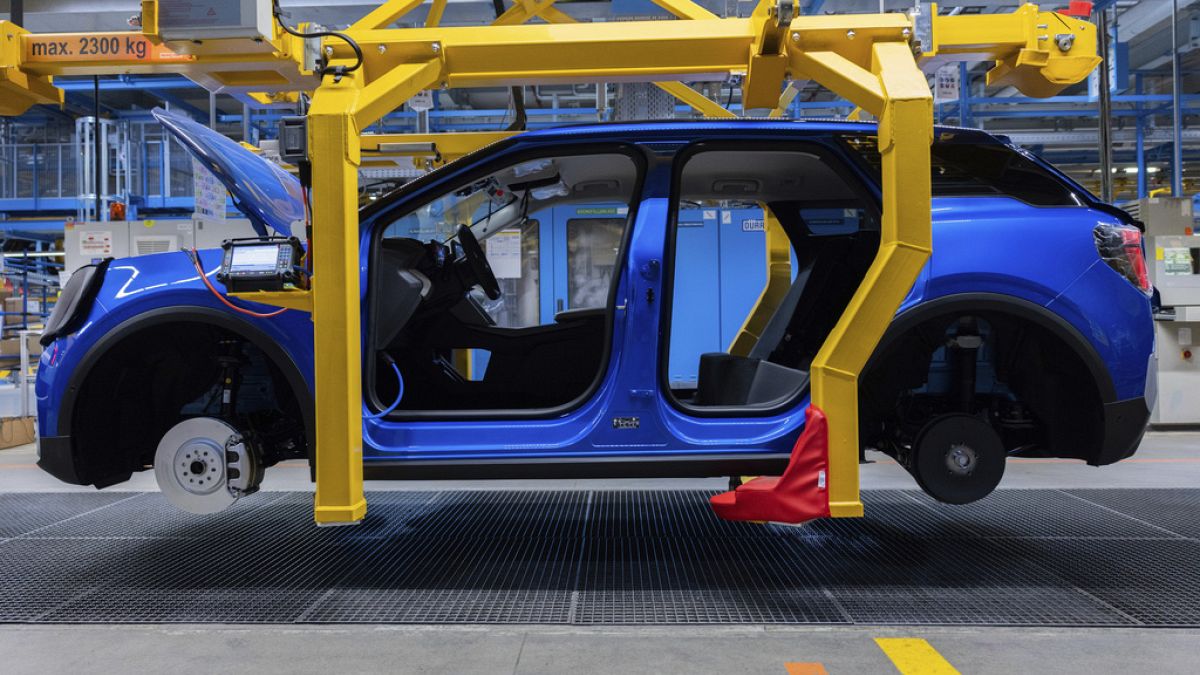A newly elected councillor has questioned why a controversial road closure in Mount Maunganui that has seen motorists fined $5 million continued despite huge community opposition.
Another councillor claims drivers have been “penalised” to protect other transport modes.
The eastern end of Links Ave in Mount Maunganui has been closed with numerous different restrictions on its use imposed by Tauranga City Council since March 2022.
The closure was in response to concerns about the safety of children travelling to school and was originally going to be a four-month trial.
Initially, it was closed at all times, then just peak hours of 7am–10am and 2pm–4pm.
Now people can enter and leave Links Ave from the same end of the street any time, or drive through in peak hours as long as there are more than 15 minutes between entry and exit.
The cul-de-sac is formed by two bus lanes between Solway Place and Concord Ave.
Motorists who break the rules face a $150 fine.
More than $5m in fines have been issued since March 2022, with $1.3m of these waived.
The council’s Project, Planning and Monitoring Committee was presented with a background report on the trial on Tuesday ahead of the council’s decision about the route’s future in November.
Matua-Otūmoetai ward councillor Glen Crowther said there were a lot of people opposed to the closure and he struggled to find anyone outside of the council who strongly supported it.
A petition presented to the council in May 2022 asked for fines to be refunded and the road to be opened, he said.
The petition, with 5627 signatures, should have made the council aware of what the community wanted, Crowther said.
“There is reasonable evidence to say that there was strong support across the city for the council to stop doing the trial.”

Crowther read out comments from Jo Wills, a member of the Arataki Community Liaison panel the council set up to consult on Links Ave and other projects. The group was disbanded in 2021.
Wills said she cycled down Links Ave every day and it was a “dysfunctional space”.
The layout and location of the concrete barriers separating the cycleway from traffic were confusing at best, she said.
“The cul-de-sac approach still makes no sense. Shutting off one road to clog the surrounding roads, the people of Links might win but the people on Golf [Rd] and Oceanbeach [Rd] lose.
“At some point, Tauranga City Council could just accept and admit they’ve got it wrong.”
Crowther asked if the council had considered a 30km/h speed limit for the road and if this would have reduced the safety risk and decreased traffic flows from rat runners.
Council acting manager safety and sustainability Karen Hay said there were two challenges: the number of children using the street and buses.
More than 260 children used the “very narrow cycle path” before it was redone, she said.
Prior to the closure, traffic congestion during peak hours increased bus travel times by 20 minutes, Hay said.
Having the cul-de-sac decreased bus travel delays to two minutes and the closure, alongside the reduce speed limit, supported safe travel for children, she said.
Vehicle movements had dropped from 7500 per day to 3500 since the closure.
Pāpāmoa councillor Steve Morris agreed it was a dysfunctional space and he believed dysfunctional decisions led to it.

There were too many modes of transport on Links Ave and it was too narrow, said Morris.
“The issue is drivers have been penalised to protect and enhance the other modes.
“It stands as a testament to trying to be all things to all people except motorists.”
Morris said the road needed to be opened and an alternative cycle access to Mount Maunganui Intermediate provided.
Te Papa councillor Rod Taylor said people had “suffered along with the project” but he hoped the council could learn from it and prevent similar issues in other areas.
The council will decide on the future of the cul-de-sac in November.
LDR is local body journalism co-funded by RNZ and NZ On Air












